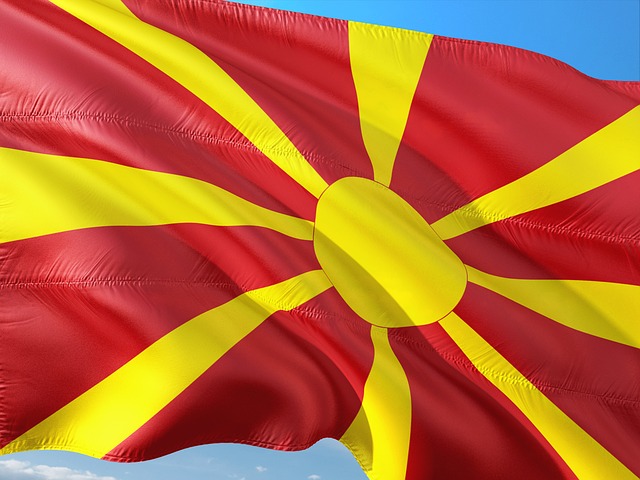clear
Why do some people think that Macedonia's flag should be changed?
clear

source:
Ronny K / Pixabay
The dispute about Macedonia’s flag is mired in the complications of national and ethnic identity. Macedon was the ancient Kingdom of Alexander the Great. It comprised the modern-day Republic of Macedonia (one of the nations that declared independence during Yugoslavia’s disintegration) and the northern region of Greece, also named Macedonia. While the former was recognized by the United Nations in 1993, its use of the historic name was a bone of contention. The fledgling country was only admitted after agreeing to adopt the unwieldy title Former Yugoslav Republic of Macedonia.
The Greek Macedonians feel no cultural affinity to their northern Slavic neighbours and object to the way the Republic of Macedonia has appropriated 'Macedonian' in the context of ethnicity, language and cultural symbols. But the symbol that has caused most controversy is Macedonia's national flag. The original design adopted an ancient heraldic emblem: the Vergina Sun. Historically, this was the royal symbol of Macedon. It was adopted by the Greek region for their flag which was officially recognized by the Hellenic Parliament in 1993. Greek Macedonians were outraged when the new Republic also adopted the Vergina Sun, changing the blue background to red.
This led to a year-long economic blockade imposed by Greece that was only lifted when the Republic of Macedonia agreed to redesign their flag. A compromise was reached when Professor Miroslav Grčev, a graphic designer, produced a more stylized version. The situation regarding the republic’s official title remains tetchy. Romania, Poland and 13 other EU members refer to Macedonia, while France, Spain, Germany and nine others use the ‘Former Republic of Yugoslavia’ prefix.
 0
0
clear